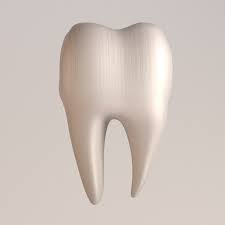
记忆方法
将“molar”与“more”进行联想,想象“more”作为数量上的增加,比如牙齿上的磨牙(molars)是更多的牙齿,用于咬碎食物,从而记忆“molar”是表示磨牙的牙齿。
以上内容由AI生成, 仅供参考和借鉴
中文词源
molar 磨牙,臼齿
来自拉丁语molaris dens,磨牙,来自molaris,磨,词源同mill,dens,牙齿,词源同tooth.
英语词源
- molar
-
molar: see mill
- molar (n.)
- "grinding tooth," mid-14c., from Latin molaris dens "grinding tooth," from mola "millstone," from PIE root *mel- "to rub, grind" (see mill (n.1)). As an adjective in this sense from 1620s. In Old English they were cweornteð "quern-teeth."
- molar (adj.)
- in chemistry, "pertaining to one mole," 1902, from mole (4) + -ar.
权威例句
- 1. Expression of hydrogenion concentrations in terms of molar concentrations is rather cumbersome.
- 用摩尔浓度表示氢离子浓度是相当麻烦的.
- 2. The President sat glumly rubbing his upper molar, saying nothing.
- 总统愁眉苦脸地坐在那里,磨着他的上牙, 一句话也没有说.
- 3. In 1927, at Chou - k'ou - tien, near Peking, a hominid lower molar of unusual pattern was discovered.
- 1927年, 在北京附近的周口店发现一颗形状异常的人类下臼齿.
- 4. Rough calculations obtained by use of molar concentrations rather than activities are sufficient.
- 根据克分子浓度而非根据活度得到的粗略计算结果即可满足要求.
- 5. THE INFLUENCE OF DENTAL FACTORS TO ERUPTION OF THE MANDIBULAR THIRD MOLAR.
- 牙齿因素对下颌第三磨牙萌出的影响.
